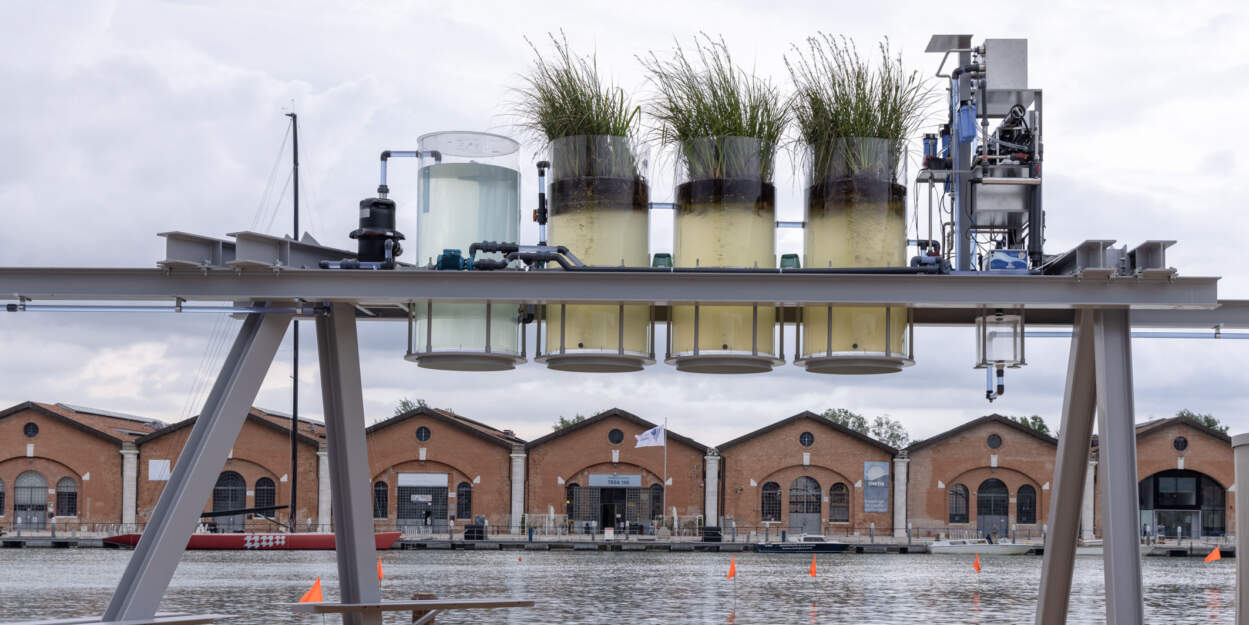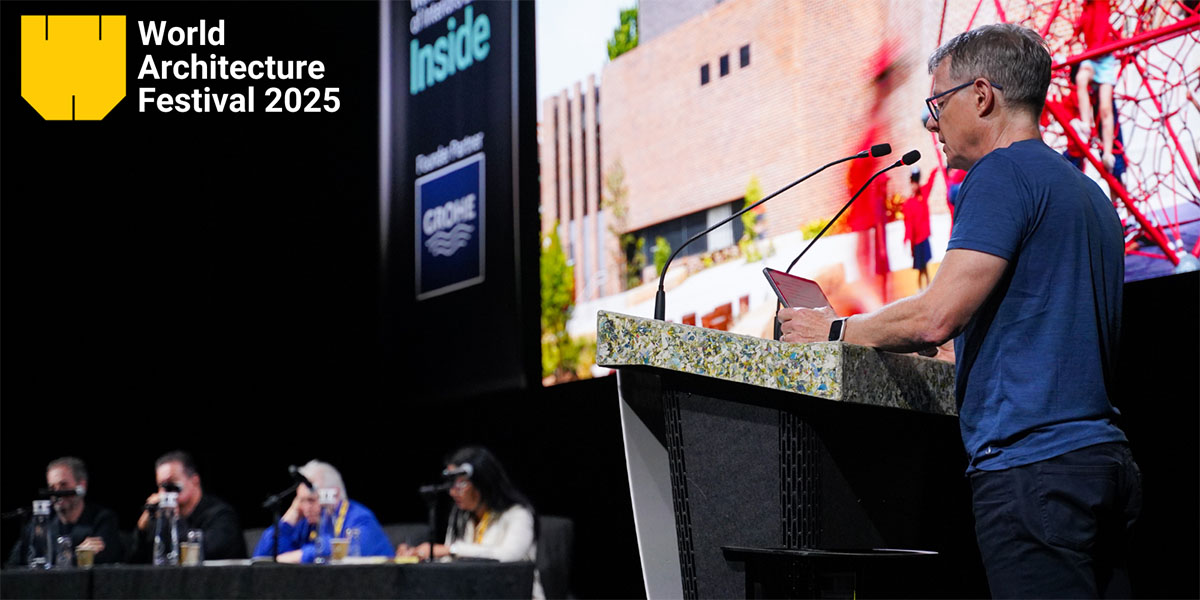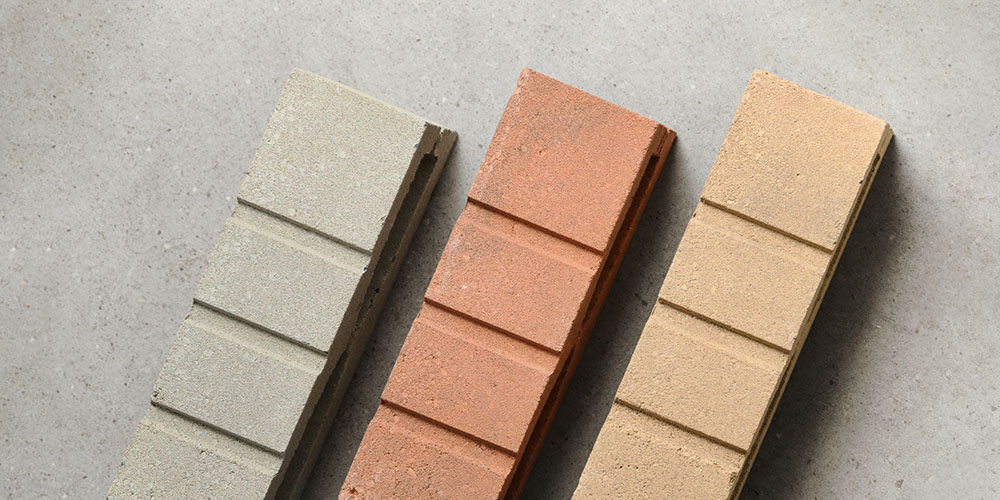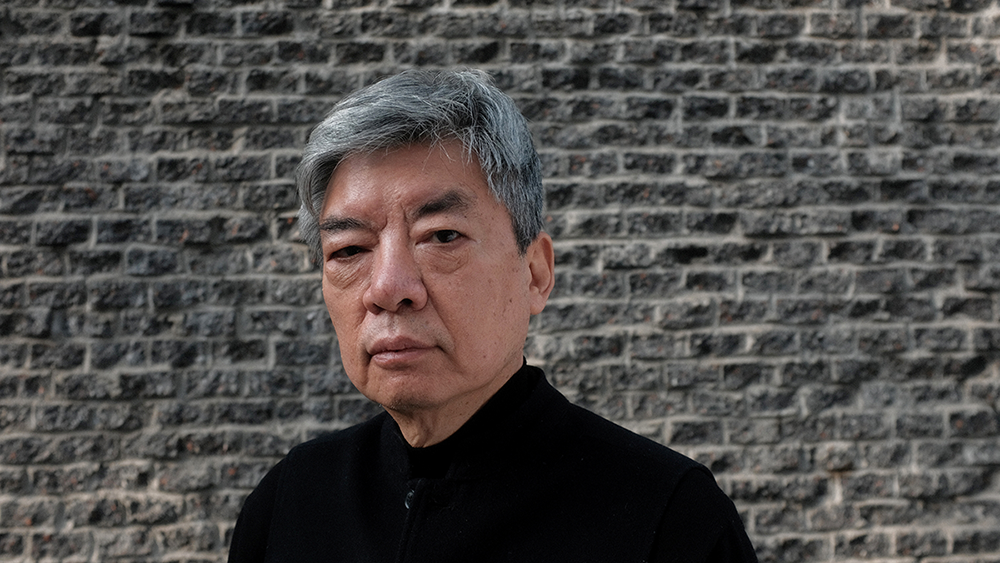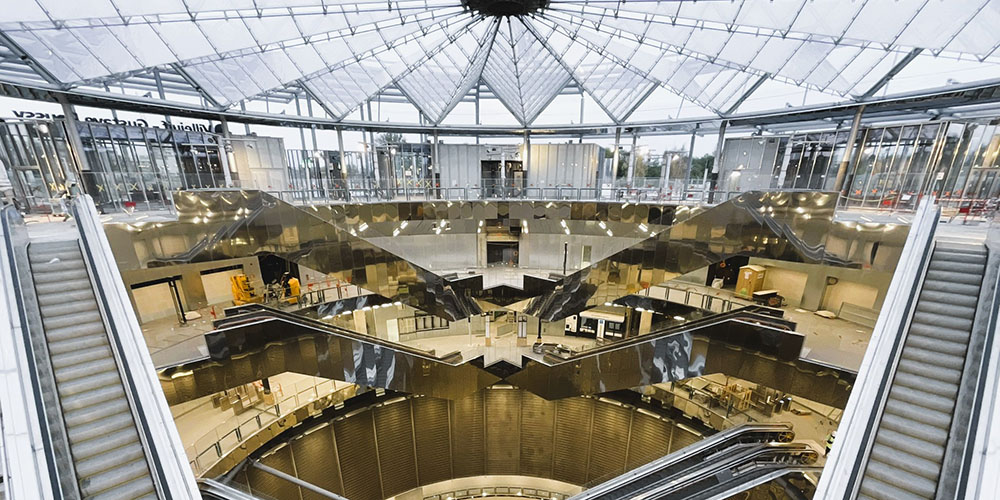For the first time, the Prix Versailles, celebrating its 10th anniversary this year, has unveiled its World’s Most Beautiful Museums List for 2024. This list features seven newly opened or renovated museums that exemplify creativity, reflect local heritage, and promote ecological efficiency, leaving a significant impact on their environments.
These museums will compete for three 2024 World Titles – Prix Versailles, Interior, and Exterior – with the winners announced at UNESCO Headquarters by late November 2024.
Jérôme Gouadain, Secretary General of the Prix Versailles, expressed his excitement about the increased recognition for museum buildings:
“Museums provide unique settings conducive to intercultural dialogue. With the help of technology, they offer increasingly immersive experiences, contribute to the dissemination of knowledge, and shape the tastes of their visitors. By creating the World’s Most Beautiful Museums List, we also wanted to emphasize the importance of wonder, which elevates the human gaze and allows us to be surprised. Because of what they are and what they are intended to be, museums fully contribute to the goals of intelligent sustainable development.”
Other World Selections, including Hotels, Restaurants, Emporiums, Airports, Campuses, Passenger Stations, and Sports, will be announced between July and September.
Prix Versailles – World’s Most Beautiful Museums List 2024
A4 Art Museum, Chengdu, China by Tektonn Architects
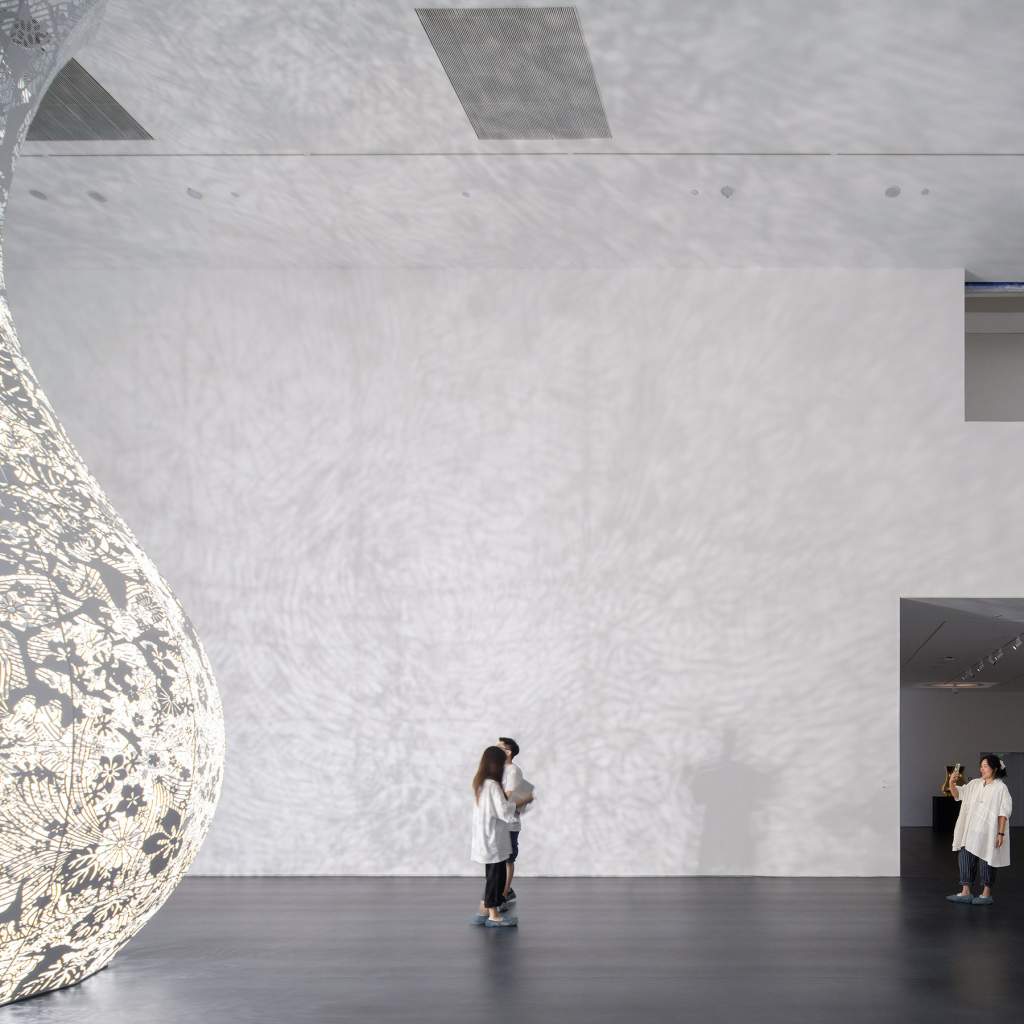
A4 Art Museum | Photo credit: Tektonn Architects
Luxehills, a suburb of Chengdu, features a small hillside with unique architecture modeled after a Tuscan town, including the A4 Art Museum. Renovating this museum, initially built based on 18th-century Italian plans, posed a significant challenge. Tektonn Architects divided the original building into three above-ground floors and two below, with impressive exhibition spaces below ground and a welcoming, Florentine square-like atmosphere above.
Smritivan Earthquake Museum, Bhuj, India by Rajeev Kathpalia
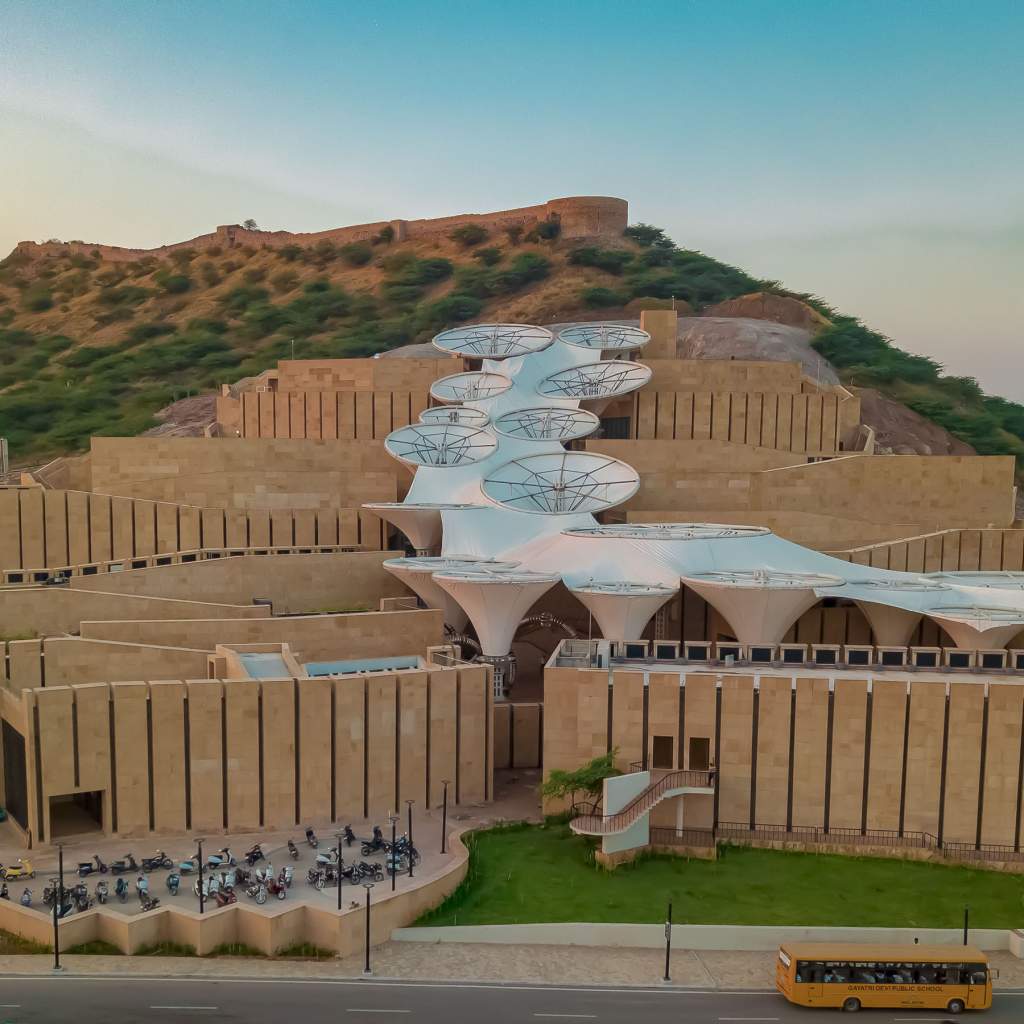
Smritivan | Photo credit: Dhruvil
The Smritivan Earthquake Museum commemorates the 12,932 victims of the Gujarat earthquake with a lush forest of 12,932 trees and a museum inspired by local architecture. Designed by Rajeev Kathpalia, the museum offers a path through various galleries, reflecting the resilience and renaturalization of the region.
Simose Art Museum, Hiroshima, Japan by Shigeru Ban Architects
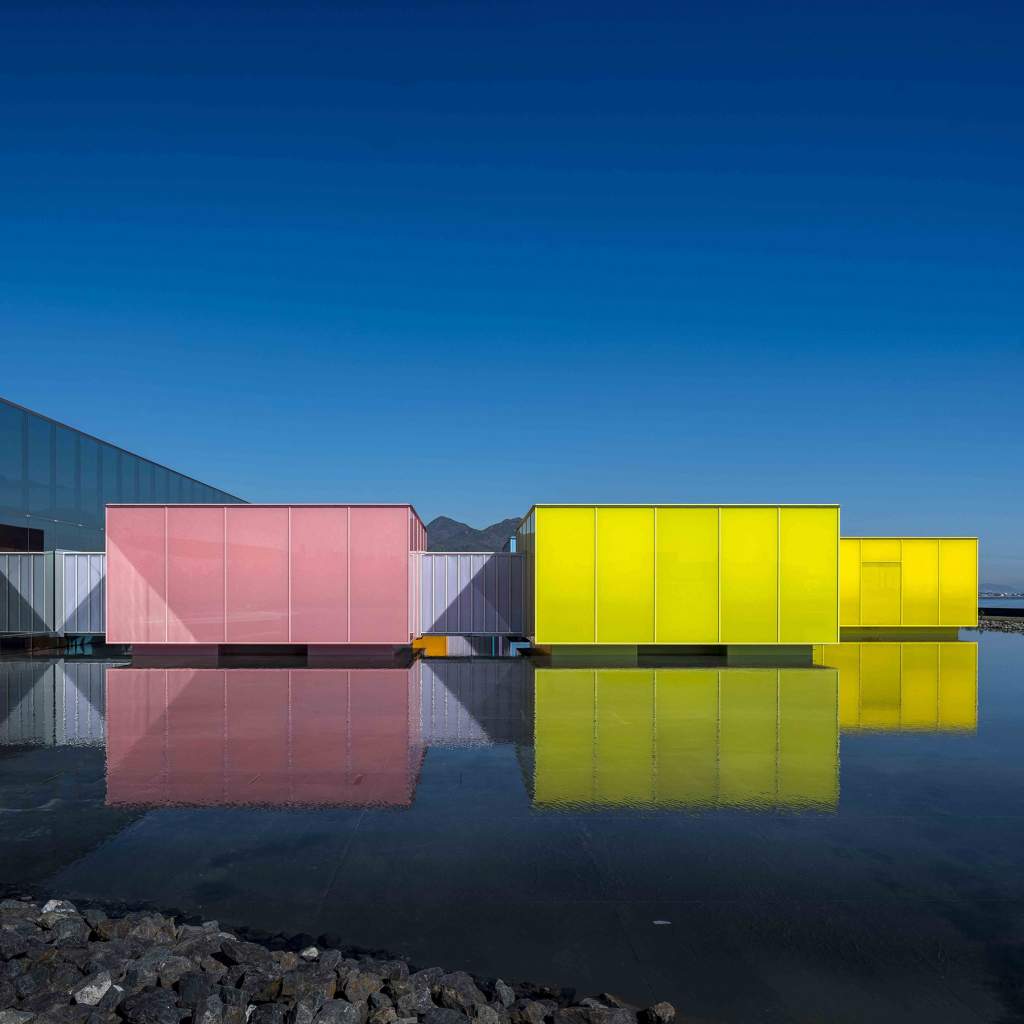
Simose Art Museum | Photo credit: Hiroyuki Hirai
Shigeru Ban’s Simose Art Museum features eight mobile galleries with colored glass walls illuminated at night, creating a symbolic scenery that complements the Seto Inland Sea. Inspired by Jean Nouvel’s temporary monolith from Expo.02, the museum showcases Emile Gallé’s collections in a welcoming, nature-integrated environment.
Paleis Het Loo, Apeldoorn, Netherlands by KAAN Architecten
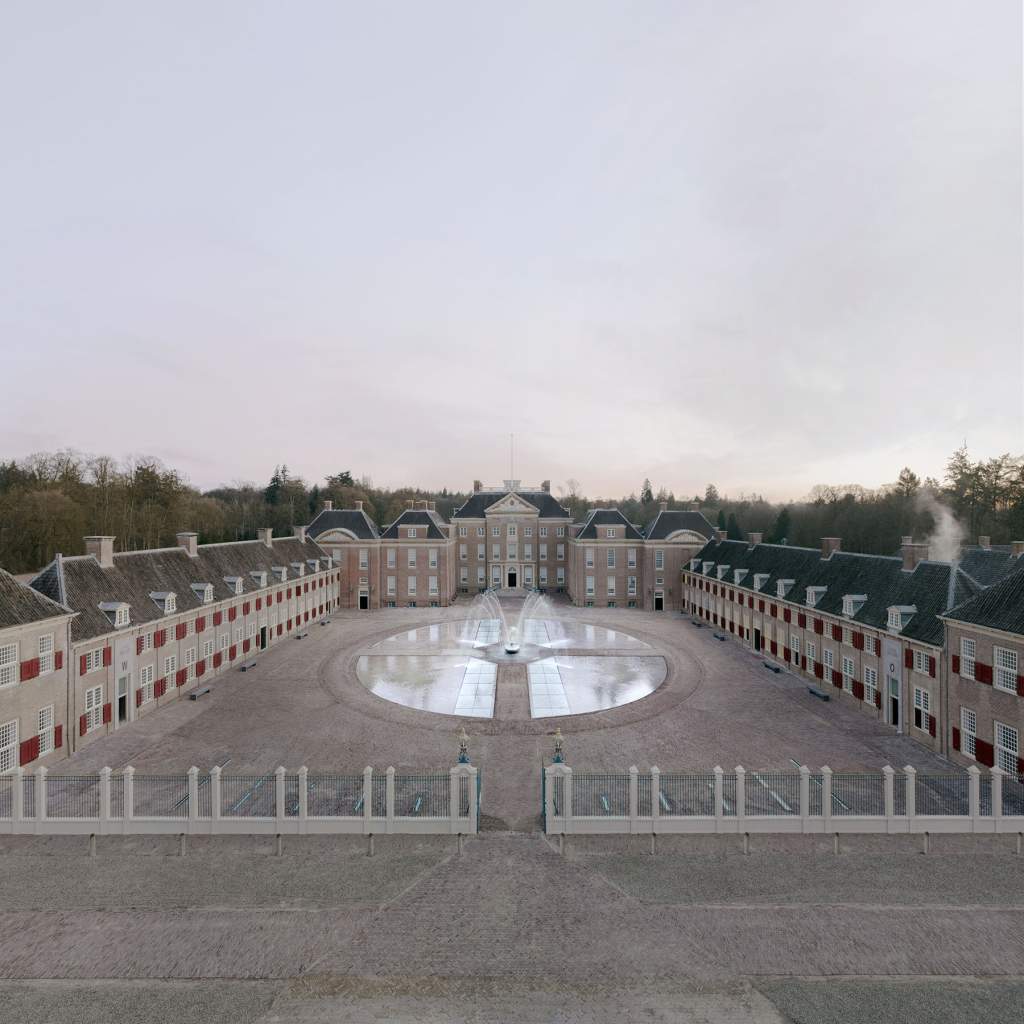
Paleis Het Loo Photo | credit: Paleis Het Loo
The extension of Paleis Het Loo pays homage to the Baroque palace’s history with a monumental, naturally lit underground extension. KAAN Architecten’s design includes shallow ponds reflecting the palace and allowing daylight to illuminate the grand foyer, blending elegance with the historical grandeur of the site.
Oman Across Ages Museum, Manah, Oman by Cox Architecture
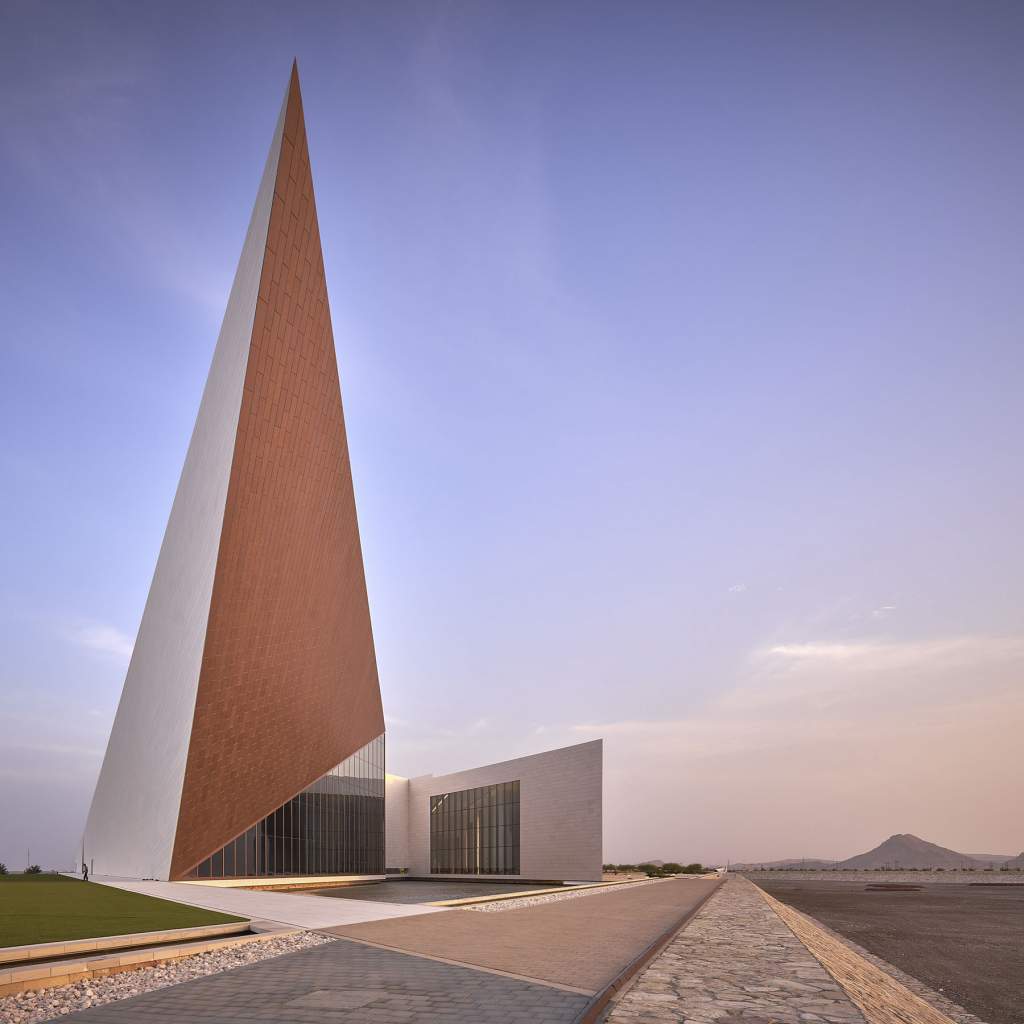
Oman Across Ages Museum | Photo credit: Phil Handforth
Located near the desert and the Hajar Mountains, the Oman Across Ages Museum by Cox Architecture reflects Oman’s geological and architectural heritage. The towering spike of the museum signals a new cultural destination, showcasing Omani engineering and offering a contemporary oasis in an arid landscape.
Polish History Museum, Warsaw, Poland by WXCA
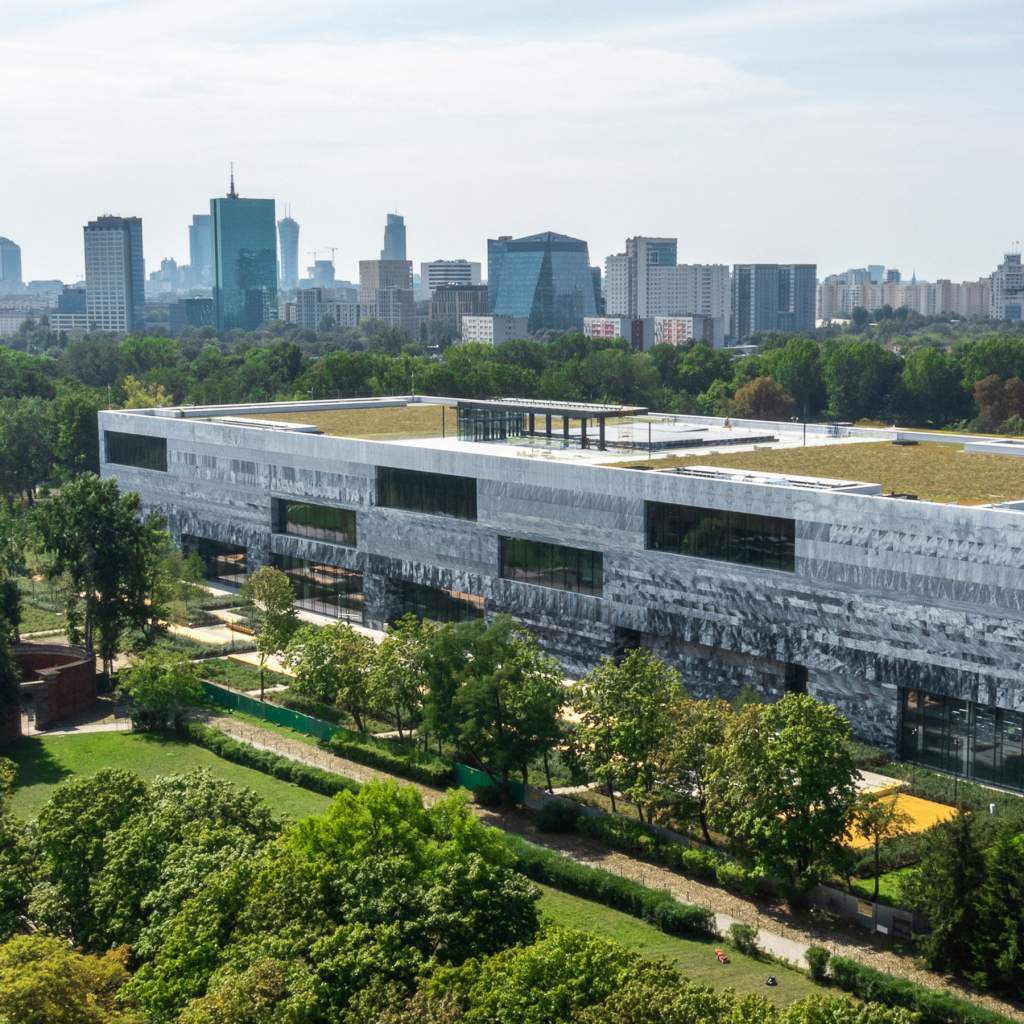
Polish History Museum | Photo credit: Polish History Museum
The Polish History Museum’s stone monolith design by WXCA features marble slabs arranged in horizontal strips, symbolizing Poland’s layered history. The museum’s location in the Warsaw Citadel and its proximity to other historical museums enhance its mission to educate visitors through its architecturally significant and symbolically rich façade.
Grand Egyptian Museum, Giza, Egypt by Heneghan Peng Architects
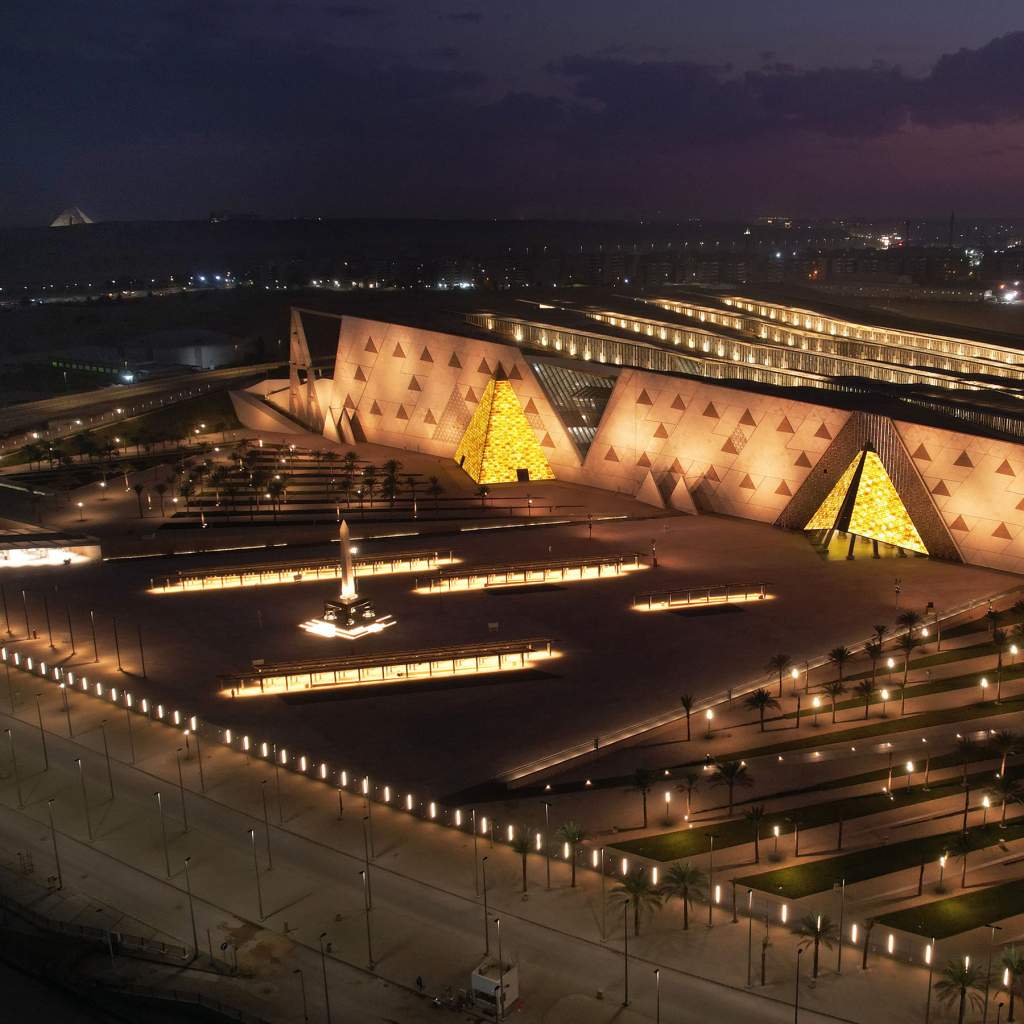
Grand Egyptian Museum | Photo credit: Grand Egyptian Museum
The Grand Egyptian Museum’s vast atrium welcomes visitors with a statue of Pharaoh Ramses, surrounded by a design that took 20 years to complete. Visitors are led through a journey of ancient riches, culminating in a view of the pyramids of Khufu, Khafre, and Menkaure, symbolizing the profound connection between the museum and Egypt’s 40 centuries of history.
These seven museums represent a blend of architectural innovation, cultural reflection, and sustainable design, setting a new standard for museum excellence worldwide.

